Lavender Distillation - Autumn 2018
mini-post
This post is a little late in coming, but Emily and I found some of her photos from the lavender distillation that took place at the Mill in late September, and I thought I would share a glimpse back to it for those who might be interested. Each year, Emily, Debbie and Siobhan harvest the lavender in August – this year, it was beautiful dry heat and sunshine. They fill huge flour sacks with the purple blooms, which are then stored for a month in the cool, dark shed to dry out before the distillation process begins. It has the most fantastic scent, and has been grown and harvested by Emily according to biodynamic principles, so there are no chemicals or weedkillers involved. The hot weather we had this summer send the lavender flowers through the roof, and the thick bushes that skirt the old tennis court and the flower beds thrived better than ever, attracting hundreds of butterflies and bees.
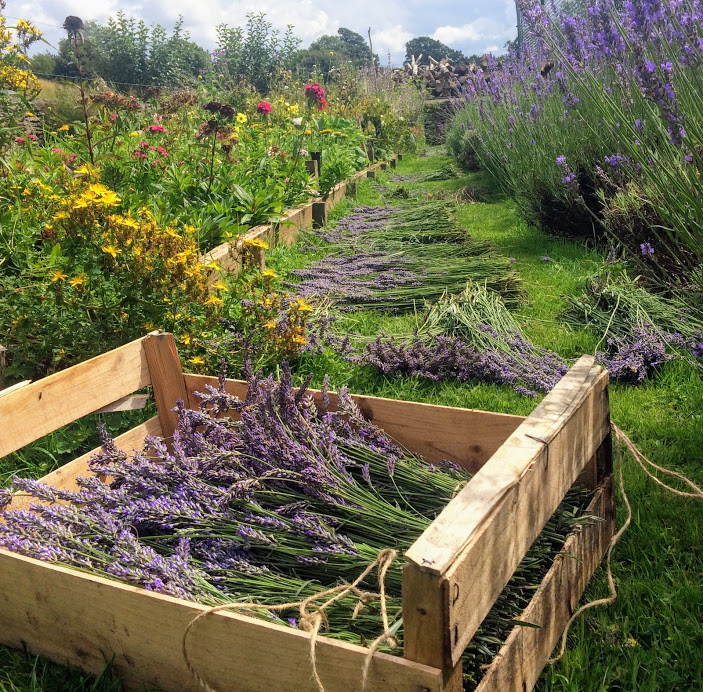
Last year, we held a workshop led by Jonathan Code (a lecturer for Crossfields Institute International) who taught us how to manage the distillation process on our own. He focused on how we can distill the essence of the lavender plants using a beautiful piece of copper equipment called an alembic (for more information on the distillation process itself and the equipment, see the post on last year’s workshop here).
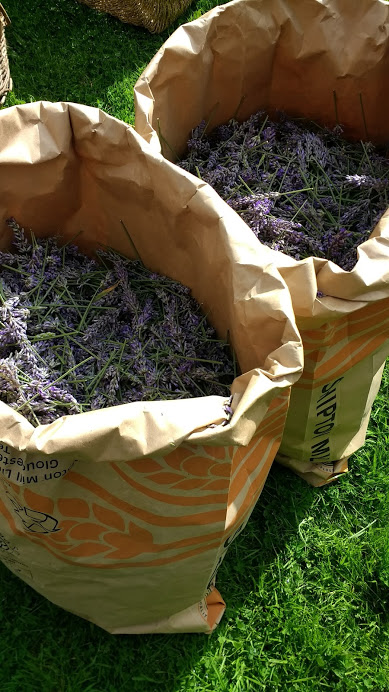
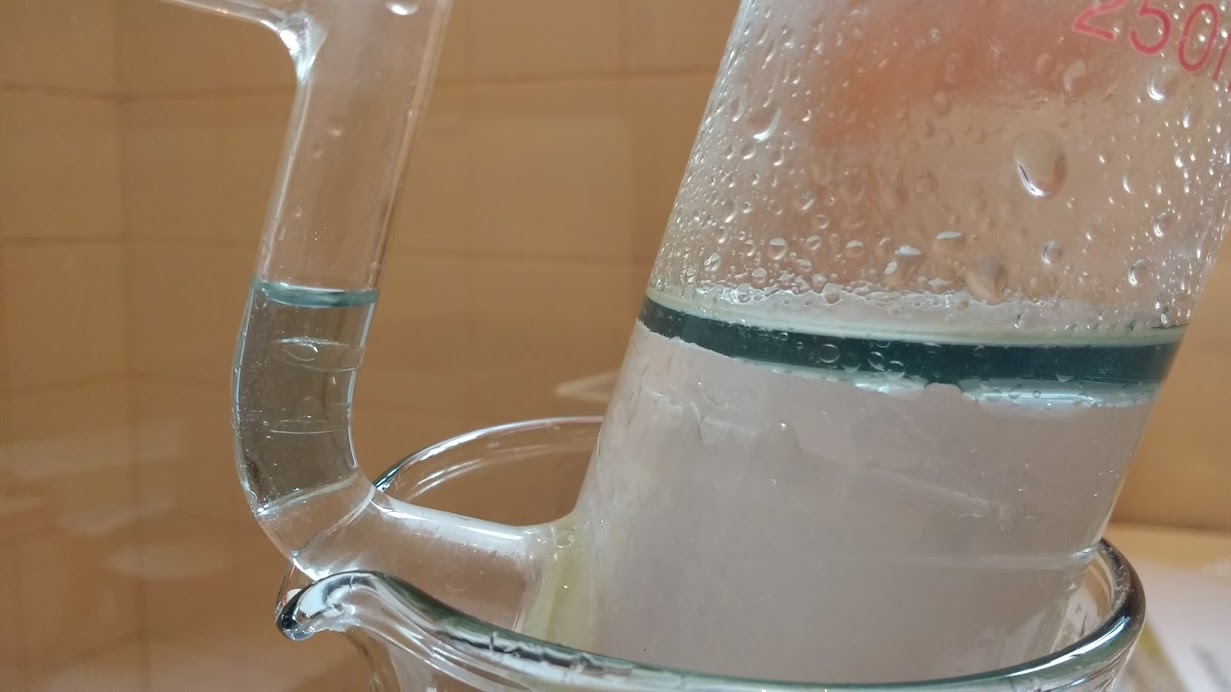
The essence of the lavender is distilled into lavender oil, and lavender water (hydro sol). The process taught can be replicated at home easily, so that if you have your own lavender bushes you can make it yourself. The lavender water is beautiful to mist onto linen or pillow slips for a deeply calming scent, and the oil is wonderful in hot baths throughout the winter. There is something quite special about bottling up the scent of the plant to last you through the rest of the year, long after the lavender blooms have faded away.
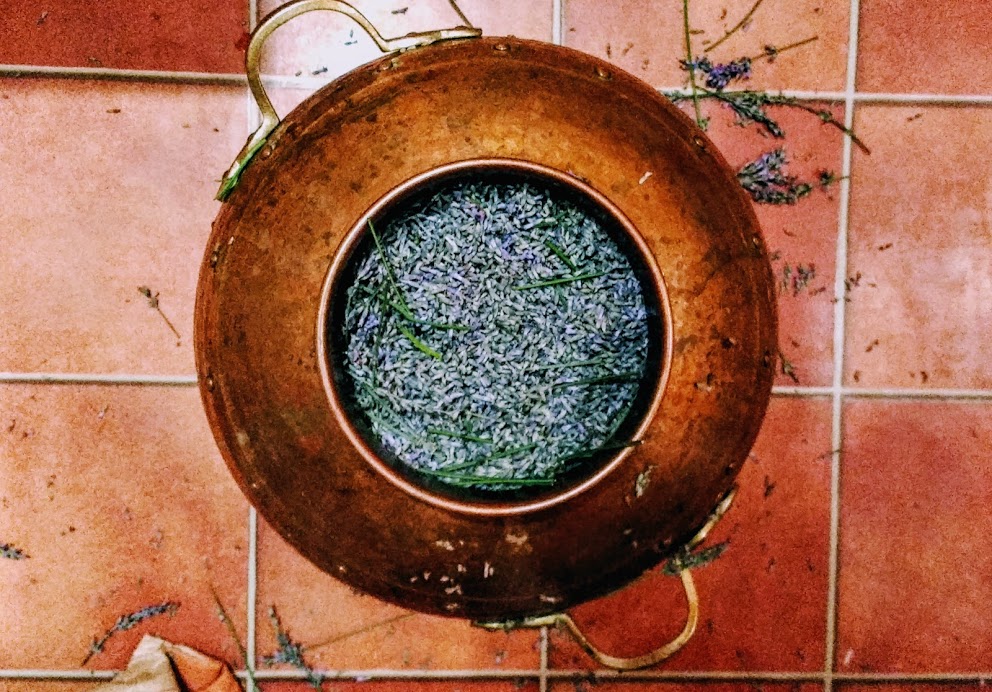
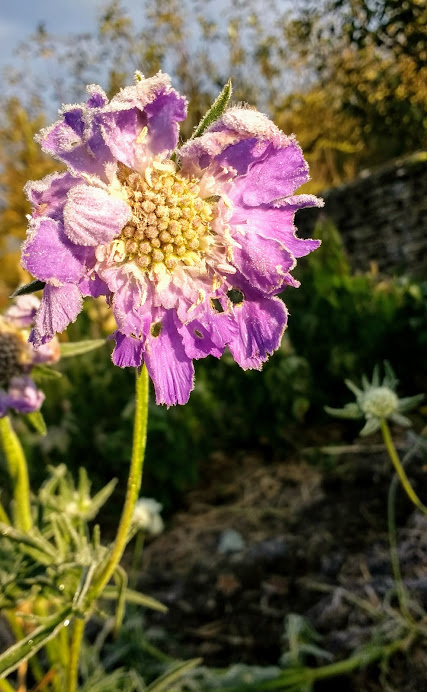
Now, all the lavender has been harvested and bottled, and the frosts have set in, sweeping the valley floor. We’re protecting the plants from this change in the weather for as long as we can by covering them with sheets at night, but over the last few weeks there has been a marked change in temperature, plummeting us towards winter. It’s been a race to pickle, preserve, dry and distill everything we can before winter truly sets in, and you can expect to see a few more recipes over the coming weeks using up as much of our seasonal produce as we can!
If you are interested in any of the workshops that we hold at the Mill that are different to our baking courses,you can find details of any up and coming days on our website here.